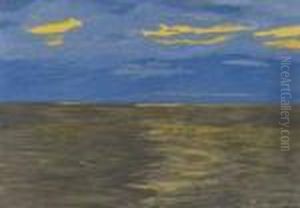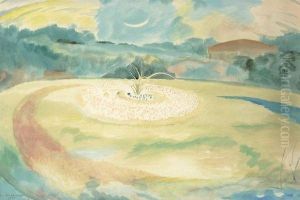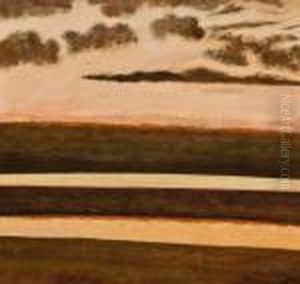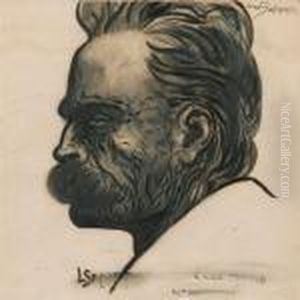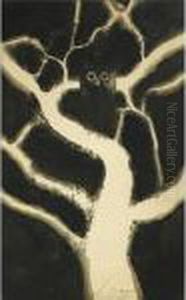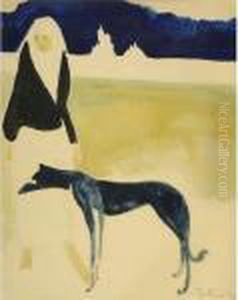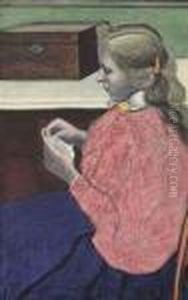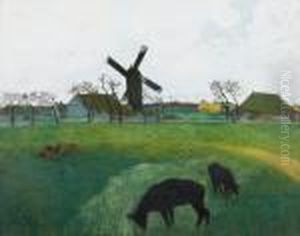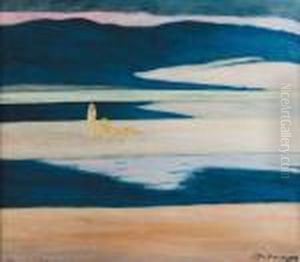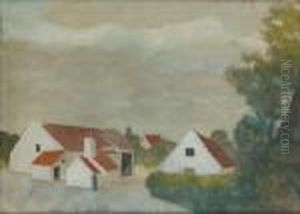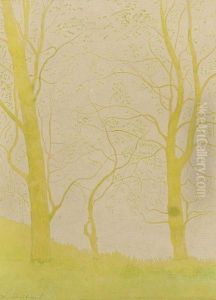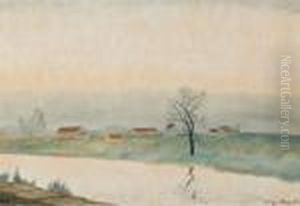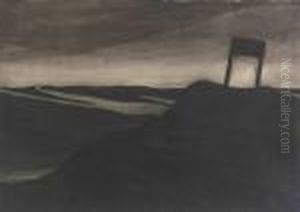Leon Spilliaert Paintings
Leon Spilliaert was a Belgian symbolist painter and graphic artist, known for his atmospheric and often haunting images. He was born on July 28, 1881, in Ostend, a coastal city in Belgium. Spilliaert had a unique artistic style that combined elements of symbolism, expressionism, and surrealism, although he was not formally associated with any particular art movement.
Spilliaert was largely self-taught as an artist, drawing inspiration from the work of Edgar Allan Poe, Friedrich Nietzsche, and the Belgian symbolist poet Emile Verhaeren. His early works were characterized by a somber palette and a focus on the play of light and shadow, often depicting nocturnal scenes of his native Ostend, as well as self-portraits and interior scenes that evoke a sense of introspection and solitude.
In 1903, Spilliaert's work was exhibited for the first time at the Salon in Brussels, and he began to gain recognition for his distinct style. The themes of existential loneliness and the mystery of existence are prevalent in his work. His use of stark contrasts and a limited color palette created a mood of melancholy and unease.
A significant part of his oeuvre includes his sea and beach scenes, where the vastness of the sea and the solitary figures on the beaches create a poignant commentary on human isolation and the insignificance of man in the face of nature's grandeur.
During World War I, Spilliaert moved to Brussels, where he continued to develop his artistic vision. His later works became brighter and more colorful, reflecting a change in his personal circumstances and a slight shift towards a more optimistic outlook.
Leon Spilliaert died on November 23, 1946, in Brussels. Today, he is considered one of the most important Belgian artists of the early 20th century. His work is widely appreciated for its depth, intensity, and the unique way in which it captures the psychological landscape of his time.



